Effective Strategies for Tree Borers Treatment Australia: Protect Your Trees Today
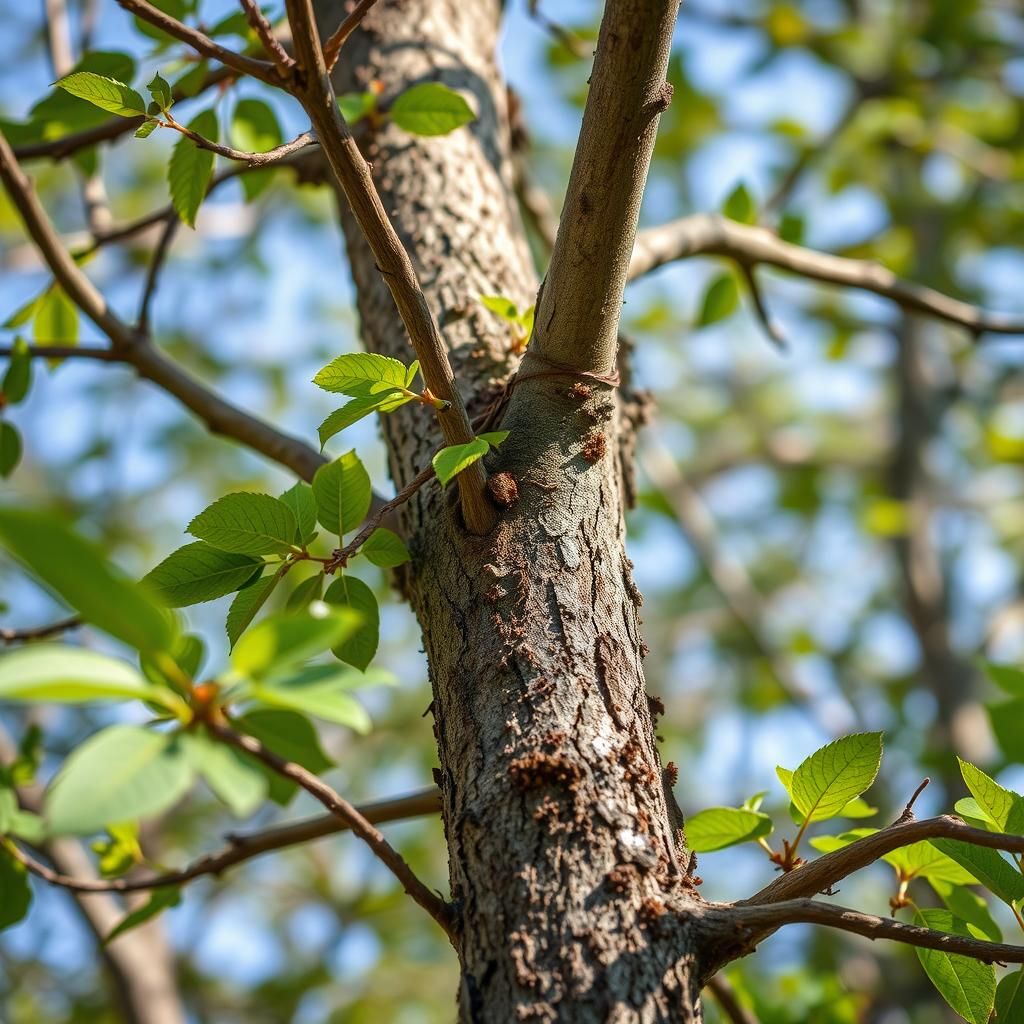
Tree borers pose a significant threat to the health and longevity of trees across Australia, making it essential for homeowners and land managers to implement effective treatment strategies. These pests infiltrate the inner layers of trees, often leading to severe damage and even death if left untreated. Understanding the life cycle and behavior of tree borers is crucial for developing successful management techniques. In this article, we will explore various approaches to protect your trees, from preventative measures to targeted treatments, ensuring that your green spaces remain healthy and vibrant despite the challenges posed by these invasive pests.
Effective Strategies for Tree Borers Treatment in Australia
Tree borers pose a significant threat to various tree species across Australia, leading to severe damage and potential death of the trees if not managed effectively. Treatment options vary depending on the specific type of borer and the extent of the infestation. Common methods include the application of insecticides to the affected areas, systematic injection of chemicals into the tree trunk, and cultural practices aimed at improving tree health to enhance their resilience. Additionally, engaging professional pest control services that specialize in arboricultural treatments can yield better results for managing tree borer populations, ensuring the longevity and vitality of affected trees.
Identification of Tree Borers
Successfully managing tree borers begins with the accurate identification of the species involved. Tree borers can be distinguished by signs such as exit holes, frass (sawdust-like debris), and wilting leaves or branches. Some common types in Australia include the bronze birch borer and various wood-boring beetles. Recognizing the specific borer type is crucial for selecting the appropriate treatment method, as each species may have unique behaviors and life cycles that inform management practices.
Prevention Tips for Tree Borer Infestations
Preventing tree borer infestations is often more effective and less costly than treatment. Implementing cultural practices such as keeping trees healthy through proper watering, fertilization, and pruning can deter borers. Additionally, maintaining proper soil conditions and avoiding damage to the tree bark will reduce the likelihood of borer entry. Regular monitoring for early signs of infestation and applying protective coatings can also provide a first line of defense against these pests.
Chemical Control Measures
Chemical control measures for managing tree borers involve the use of insecticides specifically formulated for penetrating tree bark. Professionals may apply systemic insecticides that are absorbed by the tree and act on the insects feeding within. Timing is critical, as treatments are most effective when applied during the early stages of infestation or when the borers are actively feeding. Always follow local regulations and guidelines regarding the use of pesticides to maximize effectiveness and ensure safety.
Biological Control Options
Biological control options can provide an eco-friendly approach to managing tree borers. This method involves the introduction of natural enemies such as parasitic wasps or predatory insects that target borer species. While slower to show results compared to chemical treatments, biological controls can contribute to the long-term management of borer populations and support the overall health of the ecosystem. Integrating these methods with other management strategies can enhance their effectiveness.
Engaging Professional Pest Control Services
When dealing with severe tree borer infestations, engaging professional pest control services may be the best option. These experts possess the knowledge and tools required to accurately assess the extent of the infestation, identify the most appropriate treatment strategies, and apply treatments safely and effectively. Professional arborists can also provide ongoing monitoring and recommendations to maintain tree health post-treatment, ensuring that trees remain protected against future infestations.
| Management Strategy | Description |
|---|---|
| Identification | Accurate identification of the borer species for effective treatment. |
| Prevention | Maintaining tree health through cultural practices to deter infestations. |
| Chemical Control | Use of insecticides to target borers specifically when they are active. |
| Biological Control | Introduction of natural enemies to manage borer populations sustainably. |
| Professional Services | Engaging experts for assessment, treatment, and ongoing monitoring. |
What is the best treatment for tree borers?
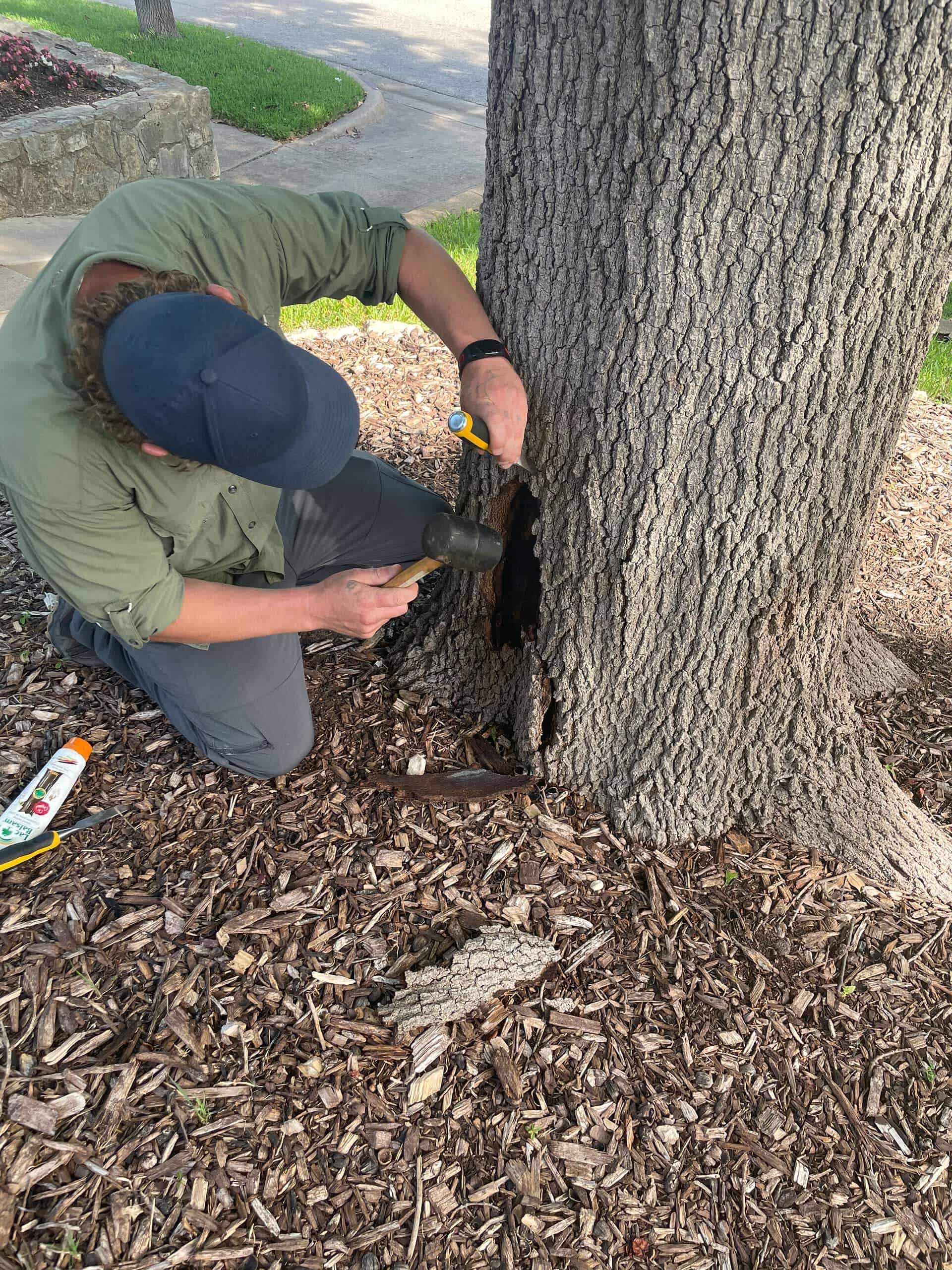
The best treatment for tree borers often involves a combination of preventive measures and targeted treatments. Tree borers are insects that can cause significant damage to trees by boring into the bark and wood, leading to health decline and possible mortality of the plant. Effective treatments focus on managing infestations and protecting trees from future attacks.
Understanding Tree Borers
Tree borers are the larval stage of various beetles and moths, including the emerald ash borer and the golden buprestid. Adults lay eggs on or inside trees, and upon hatching, larvae bore into the wood, where they feed on the tree tissues. This boring can disrupt the tree's vascular system, leading to increased vulnerability to diseases and other pests.
- Species Identification: Knowing the specific type of borer affecting your trees is crucial for effective treatment.
- Signs of Infestation: Look for signs like frass (sawdust), oozing sap, or holes in the bark.
- Life Cycle Knowledge: Understanding the life cycle helps in timing the treatment effectively.
Preventive Measures
Preventive measures are essential in protecting trees from borers. Healthy trees are less susceptible to infestations, so it's important to maintain the overall health of your tree. This can be achieved through proper watering, fertilization, and pruning to remove weak or damaged branches.
- Regular Pruning: Trim dead or dying branches to improve air circulation and reduce insect habitats.
- Healthy Practices: Ensure trees are watered adequately and receive necessary nutrients to promote vigor.
- Monitoring: Regularly check trees for early signs of infestation to take action promptly.
Physical Removal
For trees that are already infested, physical removal of the larvae can be effective. This involves applying targeted techniques to eliminate borers before they cause extensive damage.
- Removing Infested Wood: Cut away heavily infested sections to stop the larvae from spreading.
- Trapping: Installing tree traps can help catch adult borers before they lay eggs.
- Bark Scraping: In some cases, scraping the bark can remove larvae and disrupt their feeding.
Chemical Treatments
Chemical treatments can be an effective part of a comprehensive strategy against tree borers. Insecticides may be applied both as a preventive measure and to combat existing infestations.
See also: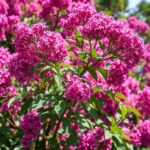
- Systemic Insecticides: Products that are absorbed by the tree can provide long-lasting protection, reaching the larvae within.
- Contact Insecticides: Spraying the trunk and branches can target adult borers directly, preventing egg-laying.
- Application Timing: Timing applications to coincide with borer emergence is crucial for efficacy.
Consultation with Professionals
In cases of severe infestation or uncertainty on how to proceed, consulting a professional arborist can be beneficial. Experts can provide tailored solutions based on the specific situation and health of the tree.
- Expert Diagnosis: Professionals can identify the species and severity of the infestation.
- Recommended Treatments: They may suggest advanced treatment options or integrated pest management strategies.
- Long-term Care: Arborists can create maintenance plans to keep trees healthy and resistant to future attacks.
Can a tree recover from borer damage?

Yes, a tree can recover from borer damage, but the extent of recovery largely depends on several factors including the species of the tree, the severity of the damage, and the efforts taken towards its care and management. Borers are insects that tunnel into the wood and can disrupt the tree’s vascular system, leading to reduced health and vitality. If the damage is not too extensive, the tree can compartmentalize the affected areas and grow new tissue to seal off the wounds. However, if the infestation is severe, the tree may struggle to recover and could eventually decline.
Factors Impacting Recovery
The recovery of a tree from borer damage relies on various factors. These may include the specific type of tree, the age of the tree, and environmental conditions.
- Tree Species: Some species are more resilient to damage than others.
- Age: Younger trees may have a better chance of recovering than older ones with established damage.
- Environmental Conditions: Factors such as soil moisture, competition, and weather can affect recovery.
Identifying Borer Damage
Recognizing borer damage early is critical for effective management and increasing the chances for recovery. Signs of borer infestation may include visible holes in the bark, sawdust near the base of the tree, or changes in foliage such as wilting or discoloration.
- Visible Holes: Small exit holes can often be spotted on the trunk.
- Sawdust or Frass: Piles of wood shavings indicate borer activity.
- Deteriorating Foliage: Leaves may appear stressed or unhealthy due to damage.
Cultural Practices for Recovery
Implementing good cultural practices can significantly improve a tree’s chances of recovering from borer damage. Proper care can enhance the tree's overall health and resilience.
- Watering Appropriately: Ensure the tree receives adequate moisture during dry spells.
- Fertilization: Use fertilizers to promote new growth and enhance health.
- Mulching: Apply mulch around the base to conserve soil moisture and suppress weeds.
Pest Management Strategies
Utilizing effective pest management strategies is crucial in preventing further damage. This includes both preventative and active measures to control borer populations.
- Insecticides: Apply appropriate insecticides as needed, following guidelines.
- Monitoring: Regularly check for signs of borer activity and infestations.
- Traps: Use traps specifically designed to capture adult borers before they lay eggs.
Signs of Long-term Health and Recovery
Monitoring specific signs of health and recovery can provide insights into the longevity of the tree after borer damage. It’s essential to look for indicators that suggest the tree is healing.
- New Growth: The appearance of new leaves or shoots is a positive sign.
- Improved Bark Integrity: Healthy bark that closes over wounds indicates recovery.
- Increased Resistance: The tree may show greater resilience to environmental stressors.
What is the best pesticide for borers?

The best pesticide for borers largely depends on the specific type of borer and the level of infestation. Borers are insects that bore into the tissues of plants, often causing significant damage. A variety of pesticides can be effective against them, including both organic and synthetic options. Some commonly recommended pesticides include:
1. Insecticidal soaps - Effective for control on soft-bodied insects and can also suffocate some borer larvae.
2. Neem oil - A natural pesticide that disrupts the growth and reproduction of many insect pests including borers.
3. Pyrethroids - A class of synthetic chemicals derived from chrysanthemum flowers which are effective against a broad range of insect pests.
4. Bacillus thuringiensis (Bt) - A naturally occurring bacterium that produces toxins harmful to the larval stages of many insect pests, including borers.
Understanding Borer Infestations
The first step in managing borers is understanding their life cycle and behavior. Borer larvae typically hatch from eggs laid on the host plant and then tunnel into stems or trunks, which can weaken and eventually kill the plant. Recognizing the signs of borer damage early can be critical for effective management.
- Signs of infestation: Look for tiny holes in the bark or wood, frass (sawdust-like residue), and wilting or dying branches.
- Life cycle: Familiarize yourself with the specific borer species, as their life cycles can vary.
- Timing: Treatments should be timed with the emergence of adult borers for maximum effectiveness.
Types of Pesticides for Borers
Various types of pesticides can be used to combat borer infestations, each with its own unique mode of action. It's essential to select a pesticide that is appropriate for the type of borer you are dealing with.
See also:
- Systemic insecticides: These are absorbed by the plant and can provide long-lasting control but may have environmental concerns.
- Contact insecticides: These need to directly hit the pests and must be reapplied frequently, especially in heavy rain.
- Biopesticides: These include natural products like Bt and Neem oil, which are often safer for beneficial insects and the environment.
Application Methods
How you apply the pesticide can significantly affect its efficacy against borers. Certain application techniques can ensure that the pesticide reaches the target pests more effectively.
- Soil drenching: This method involves applying the insecticide to the soil around the plant, allowing it to be absorbed by the roots.
- Foliar sprays: Spraying on leaves and stems targets adults and younger larval stages that are exposed.
- Trunk injections: Directly injecting the pesticide into the tree trunk can provide quicker action against borer larvae within.
Preventive Measures
Preventing borer infestations is often more cost-effective than dealing with an outbreak. Implementing good cultural practices can go a long way in protecting your plants.
- Healthy plants: Ensuring plants are stress-free through proper watering, fertilizing, and pruning can resist infestations better.
- Debris removal: Clearing away fallen branches and cleaning up around plants can reduce the likelihood of borers establishing themselves.
- Monitoring: Regular inspections for signs of borers can help catch infestations early before they become severe.
Integrating Biorational Approaches
Biorational pesticides and integrated pest management strategies work well with chemical options, providing a multi-faceted approach to dealing with borers. They can minimize chemical usage and enhance effectiveness.
- Cultural control: Rotate crops and avoid planting susceptible varieties in infested areas.
- Biological control: Introduce natural predators or parasites of the borers to help manage their populations.
- Use of traps: Pheromone traps can effectively monitor and reduce adult borer populations before they lay eggs.
How to get rid of tree borers naturally DIY?
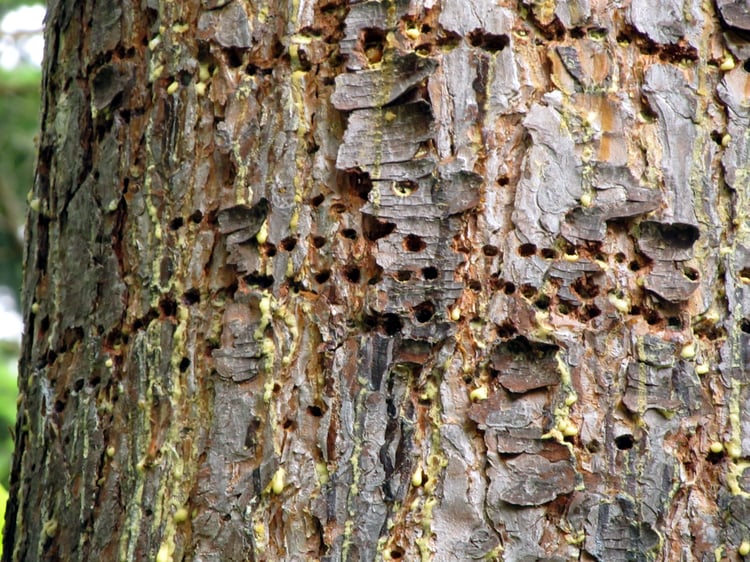
To get rid of tree borers naturally using DIY methods, it is essential to take a comprehensive approach that includes prevention, detection, and control strategies. Tree borers, which are larvae of various beetles, can cause significant damage by burrowing into the wood, making it vital to address the issue promptly and effectively.
Identify the Type of Tree Borer
Identifying the specific type of tree borer affecting your plants is the first step in effective management. Different species may require different treatment methods. Here’s how to identify them:
- Look for signs of damage on the bark, such as holes or frass (sawdust-like material).
- Check the leaves and branches for wilting, discoloration, or other signs of stress.
- Use a magnifying glass to inspect the larvae or adults that might be present.
Use Natural Insecticidal Soaps
Natural insecticidal soaps can be an efficient way to control tree borers without the use of harsh chemicals. Here's how to prepare and apply them:
- Mix pure soap (not detergent) with water in a spray bottle.
- Spray it directly on the affected areas, ensuring you coat the bark thoroughly.
- Repeat the application every seven to ten days until the infestation is under control.
Apply Neem Oil
Neem oil is a natural pesticide derived from the seeds of the neem tree and works effectively against tree borers. To use neem oil:
- Dilute neem oil with water according to the manufacturer's instructions.
- Spray the solution on the infected areas and surrounding soil to help deter the borers.
- Reapply every few weeks, particularly after rain, to ensure its effectiveness.
Promote Beneficial Insects
Encouraging natural predators can help keep tree borer populations in check. Here’s how to attract beneficial insects:
- Plant native flowers and plants that attract ladybugs, lacewings, and parasitic wasps.
- Avoid using chemical pesticides that could harm these beneficial insects.
- Provide habitats such as brush piles or insect hotels to encourage their presence.
Maintain Tree Health
Healthy trees are less susceptible to infestations. Maintaining tree health involves:
- Regularly water and fertilize trees to support growth.
- Prune dead or damaged branches to improve overall vigor.
- Inspect trees regularly for signs of stress or deterioration to address issues promptly.
Questions from Our Readers
What are tree borers and how do they affect trees in Australia?
Tree borers are pests that infest trees, causing significant damage by tunneling through the wood. In Australia, they are particularly problematic as they attack both native and ornamental trees, leading to reduced health, vigor, and even death if not managed properly.
What treatments are available for tree borers in Australia?
Various treatments for tree borers in Australia include insecticidal sprays, systemic treatments, and cultural practices like proper pruning and maintaining tree health. It is crucial to identify the specific species of borer affecting the tree to choose the most effective treatment method.
How can I prevent tree borer infestations in my garden?
Preventing tree borer infestations involves maintaining tree health through regular watering, fertilization, and pruning to remove dead or damaged wood. Additionally, keeping an eye out for early signs of infestation can help implement preventive treatments before serious damage occurs.
See also: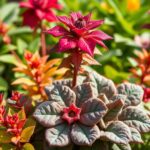
When should I seek professional help for tree borer issues?
If you notice significant infestation signs such as wood dust, holes in the bark, or declining tree health, it is advisable to seek professional help. An arborist can provide a thorough assessment and recommend appropriate treatment options to effectively manage the borer problem.

If you want to read more articles like Effective Strategies for Tree Borers Treatment Australia: Protect Your Trees Today, we recommend you check out our Landscaping category.
Leave a Reply
Related Articles